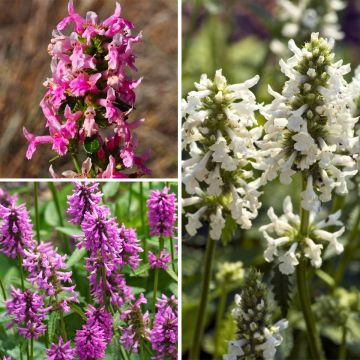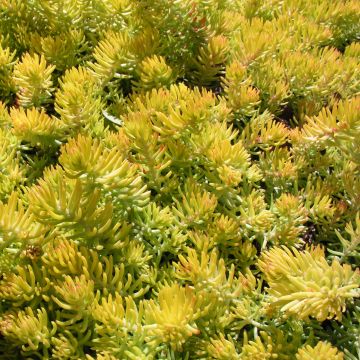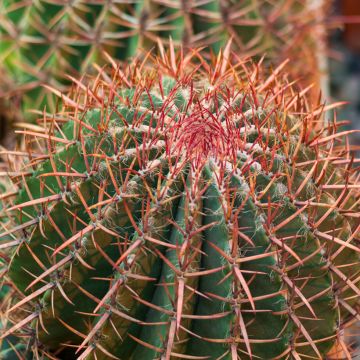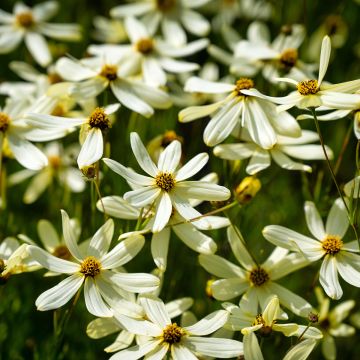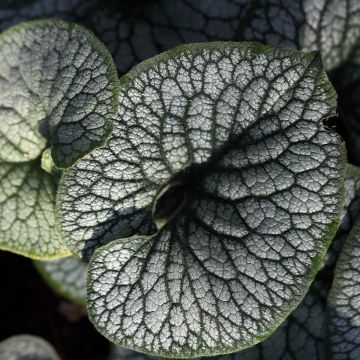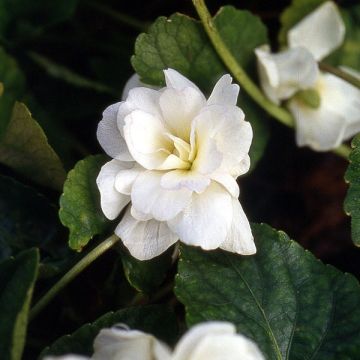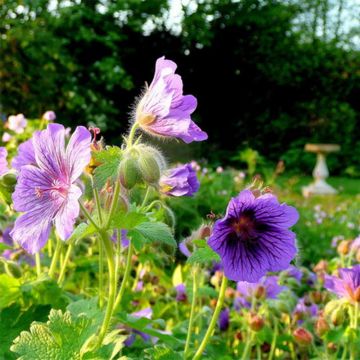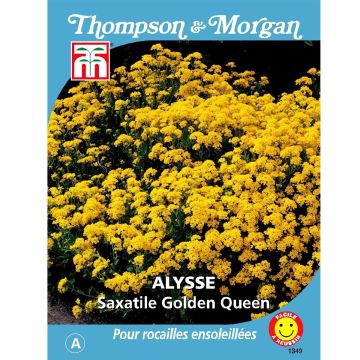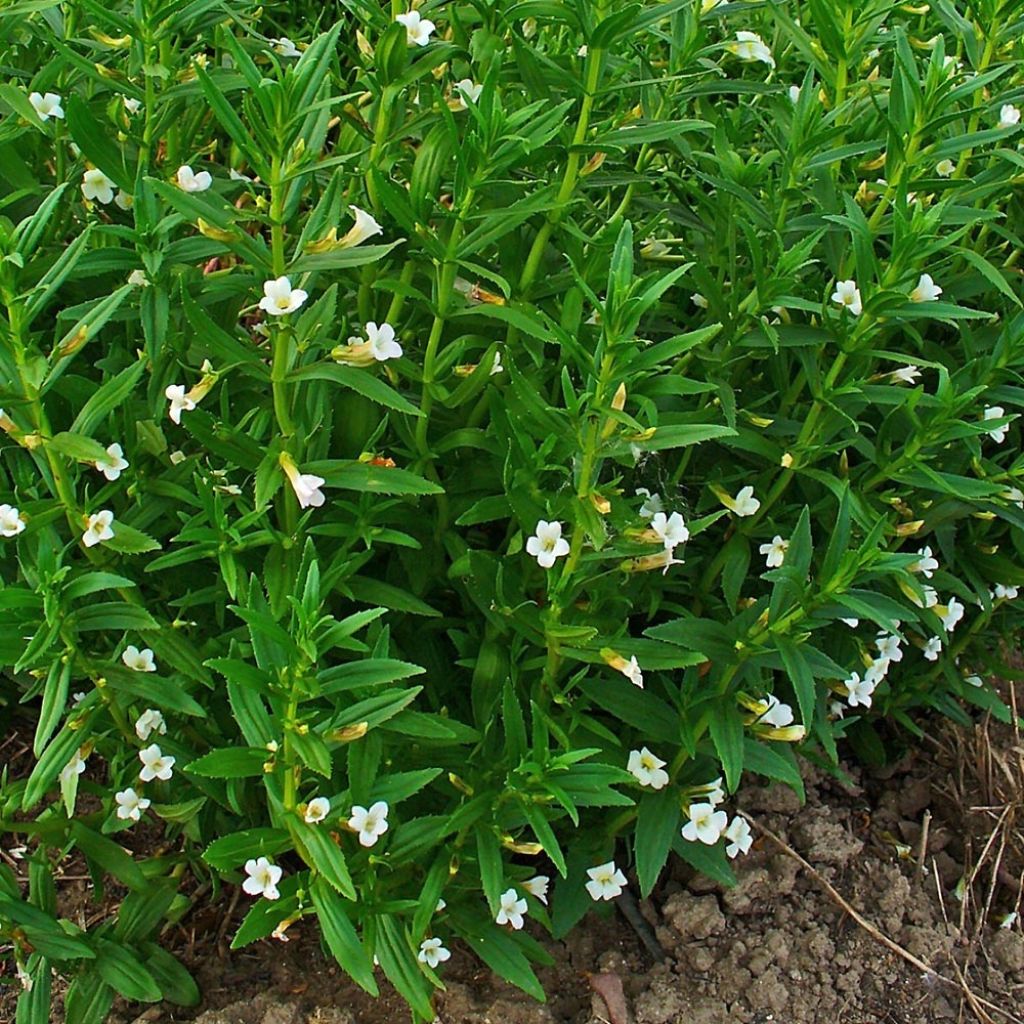

Gratiole officinale - Gratiola officinalis
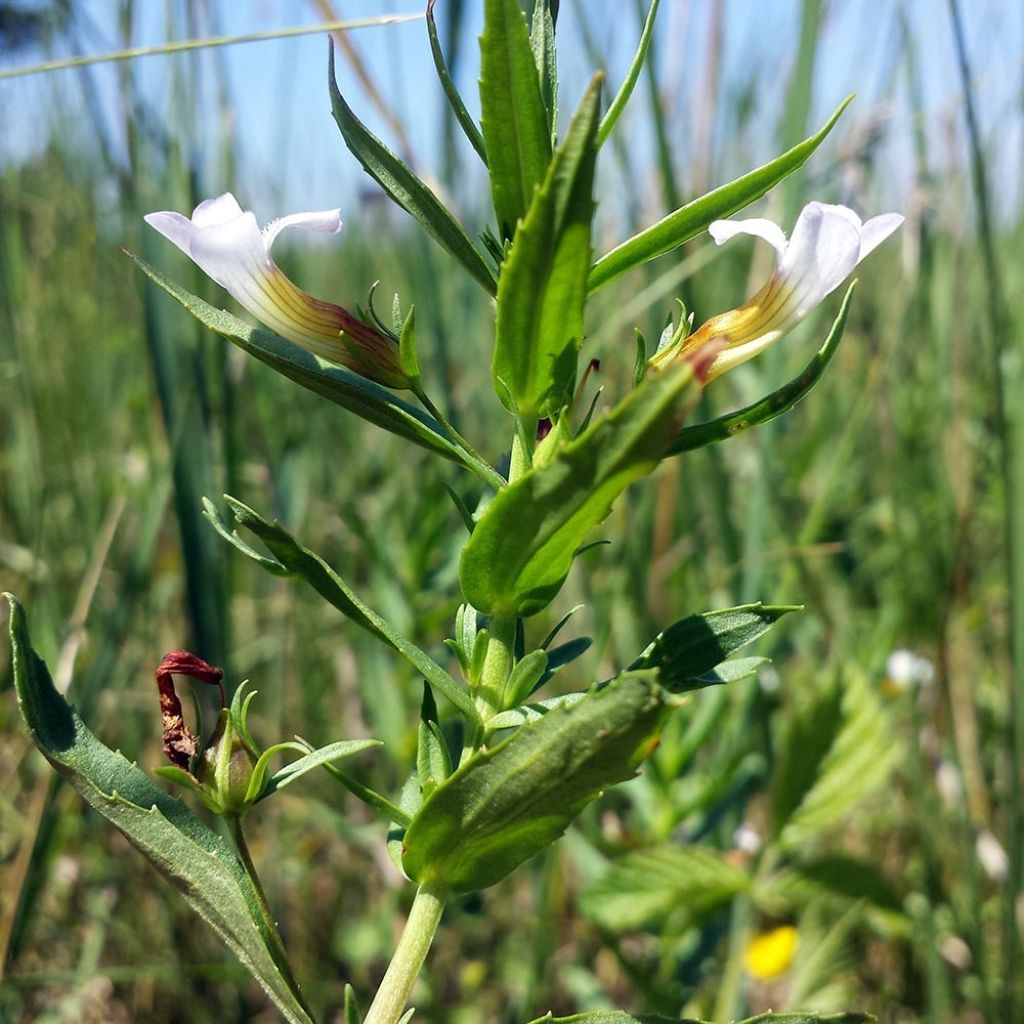

Gratiole officinale - Gratiola officinalis
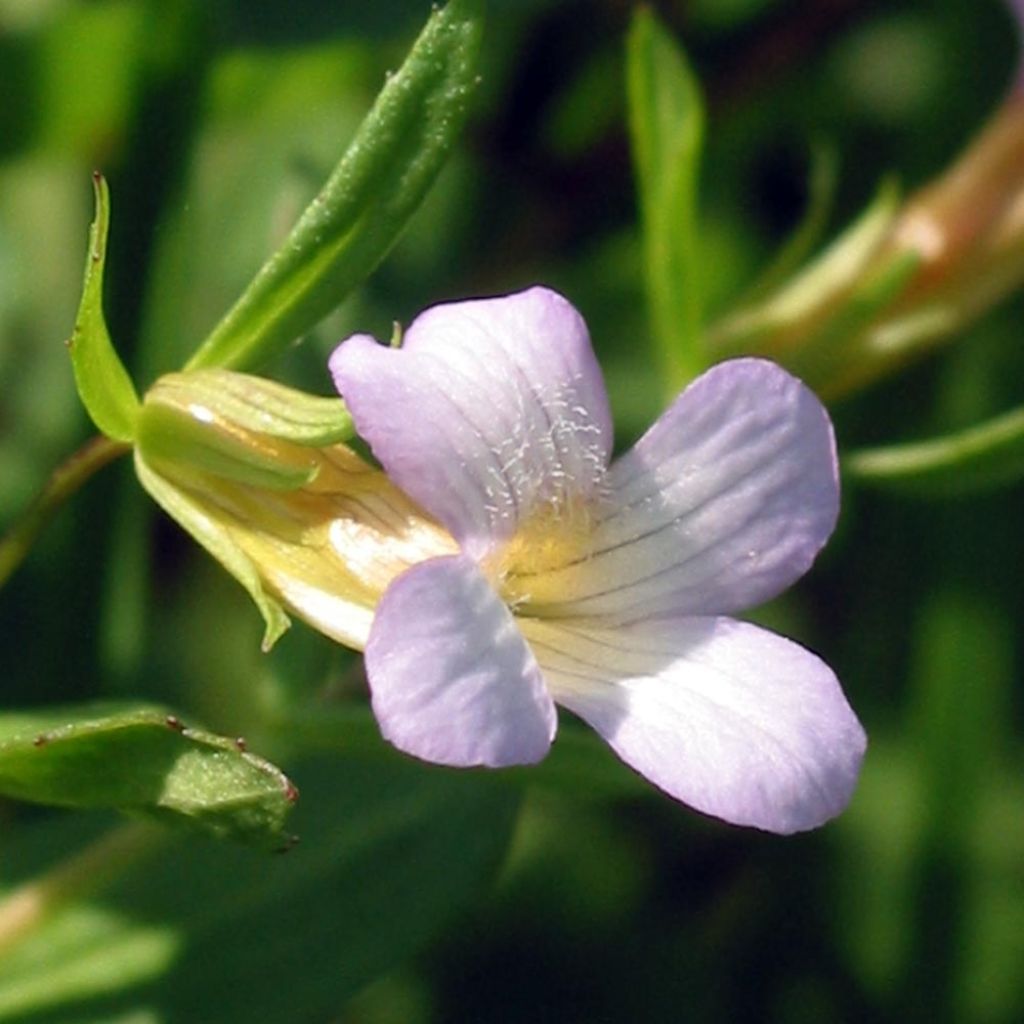

Gratiole officinale - Gratiola officinalis
Gratiola officinalis
Gratiola officinalis
Hedge hyssop, Common hedge hyssop, Gratiole, Herb of Grace
Special offer!
Receive a €20 voucher for any order over €90 (excluding delivery costs, credit notes, and plastic-free options)!
1- Add your favorite plants to your cart.
2- Once you have reached €90, confirm your order (you can even choose the delivery date!).
3- As soon as your order is shipped, you will receive an email containing your voucher code, valid for 3 months (90 days).
Your voucher is unique and can only be used once, for any order with a minimum value of €20, excluding delivery costs.
Can be combined with other current offers, non-divisible and non-refundable.
Home or relay delivery (depending on size and destination)
Schedule delivery date,
and select date in basket
This plant carries a 12 months recovery warranty
More information
We guarantee the quality of our plants for a full growing cycle, and will replace at our expense any plant that fails to recover under normal climatic and planting conditions.
Would this plant suit my garden?
Set up your Plantfit profile →
Description
Gratiola officinalis is better known as the officinal Gratiola, or even as the "herb of the poor man". It is a perennial whose tuft spreads and bears pretty little white-pink flowers all summer long. It is prolific and capable of colonising waterlogged soils. It is the perfect companion for other semi-aquatic perennials around large basins.
Gratiola officinalis belongs to the Plantaginaceae family. It is a cousin of foxgloves, speedwells, and snapdragons. This plant is native to temperate zones in Europe. It is present in damp meadows, swamps, along watercourses, and in ditches. Depending on the region, it is called Grace of God, herb of the poor man, little foxglove, hedge hyssop, centaurium, and God's herb, which are all names that recall its ancient medicinal properties. It is an herbaceous perennial plant with creeping roots. It is capable of spreading horizontally thanks to the base of its stems, which lie on the ground and take root. The aerial vegetation emerges in spring, forming a tuft of leafy stems that can reach an average height of 40cm (16in). The stems are hollow, square in cross-section and knotted. They bear linear to lanceolate leaves, which are toothed along the edge. They are opposite on the stem, yellowish-green, and adorned with small translucent glands. Flowering takes place from June to August. It consists of small flowers 1 to 1.8cm (1in) long. The solitary flowers are borne in the axils of the leaves. Each flower is composed of 2 tubular lips and a lower lip with 3 lobes. They are white, finely veined with purple-red.
Plant it on the edge of a pond or a permanent pool, under 5 to 15cm (2 to 6in) of water, or in soil that will remain permanently waterlogged. Technically, your pond will maintain its balance (i.e., clear water) by combining the following trio: floating plants (water lilies and water nymphs), submerged plants with strong oxygenating power (water crowfoot, pondweed, and water lettuce), and very shallow water plants on the edge (Japanese iris, fern, and horsetail).
Green the banks with more sophisticated and sculptural plants to create an enchanting tableau, such as Virginia Sweetspire 'Little Henry' (a small fragrant white bush) and the variegated sweet flag (Acorus grass).
Report an error about the product description
Gratiola officinalis in pictures
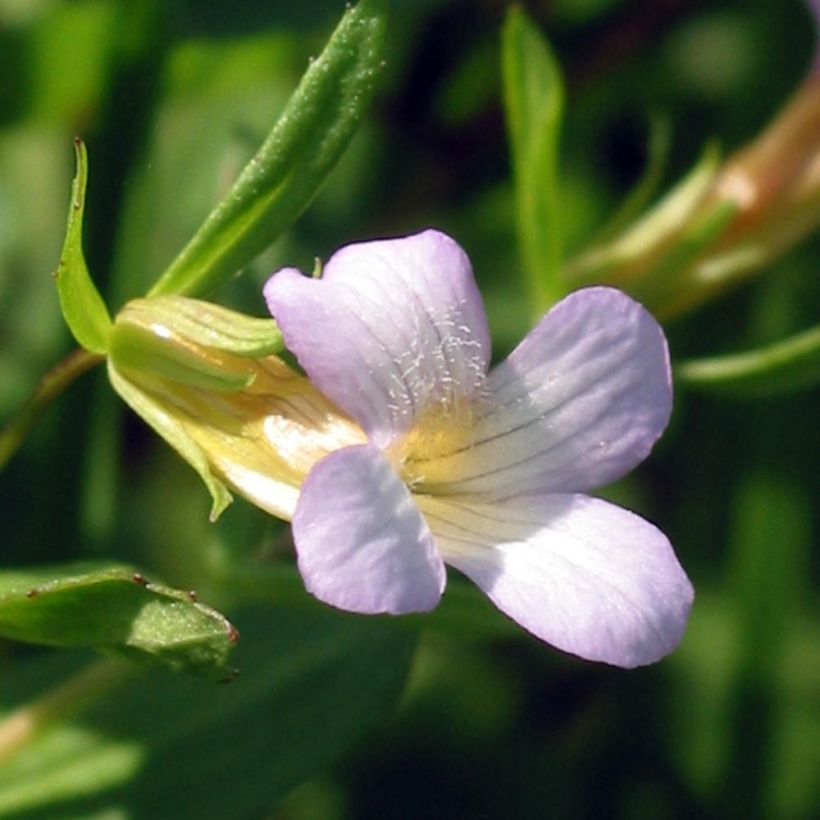

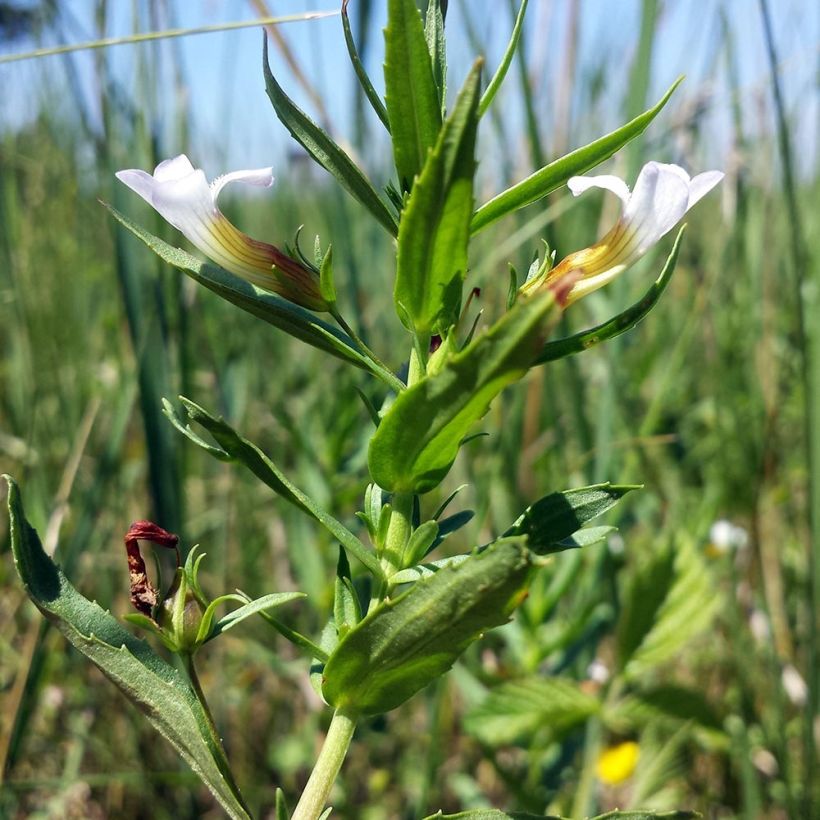

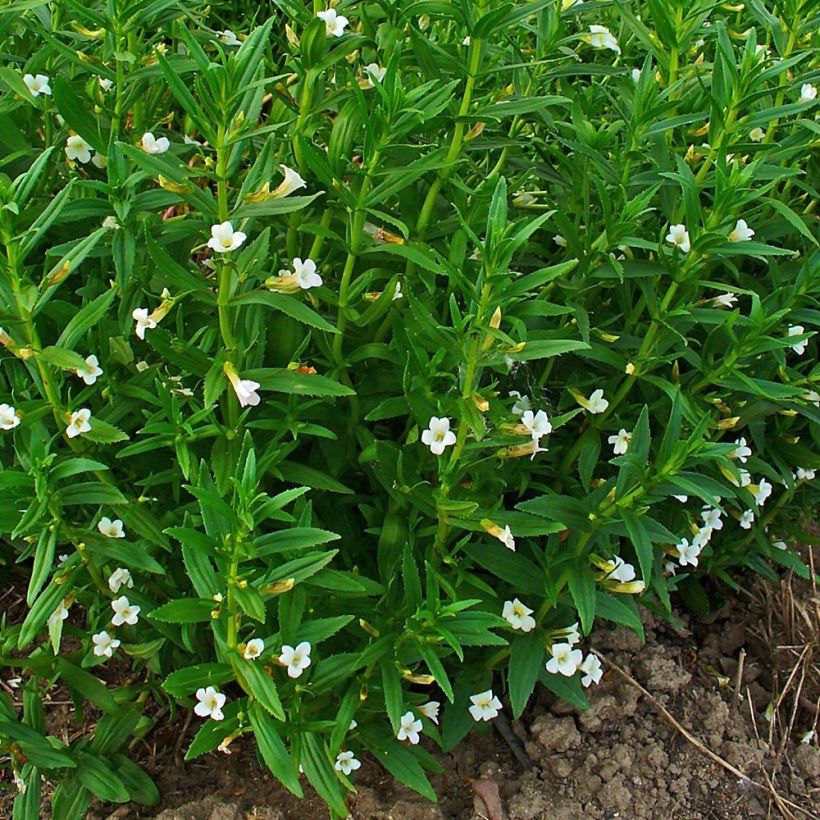

Flowering
Foliage
Plant habit
Botanical data
Gratiola
officinalis
Scrophulariaceae (Plantaginaceae)
Hedge hyssop, Common hedge hyssop, Gratiole, Herb of Grace
Western Europe
Other Perennials A to Z
View all →Planting and care
Grow in rich soil, with its stump immersed under 5 to 15cm (2 to 6in) of water. Alternatively, plant in consistently moist or even waterlogged soil. Like most aquatic plants, you can plant it in an aquatic basket, which allows for better control of its growth. Fill each basket with generously moistened aquatic soil. Make a hole in the centre of the pot and place the young plant, taking care to unfold the roots for proper development. Finally, position the basket in the pond at the recommended height for the plant, which is about 10cm (4in) below the water surface. Avoid planting fragile plants nearby, as it may dominate them.
Planting period
Intended location
Care
Planting & care advice
This item has not been reviewed yet - be the first to leave a review about it.
Similar products
Haven't found what you were looking for?
Hardiness is the lowest winter temperature a plant can endure without suffering serious damage or even dying. However, hardiness is affected by location (a sheltered area, such as a patio), protection (winter cover) and soil type (hardiness is improved by well-drained soil).

Photo Sharing Terms & Conditions
In order to encourage gardeners to interact and share their experiences, Promesse de fleurs offers various media enabling content to be uploaded onto its Site - in particular via the ‘Photo sharing’ module.
The User agrees to refrain from:
- Posting any content that is illegal, prejudicial, insulting, racist, inciteful to hatred, revisionist, contrary to public decency, that infringes on privacy or on the privacy rights of third parties, in particular the publicity rights of persons and goods, intellectual property rights, or the right to privacy.
- Submitting content on behalf of a third party;
- Impersonate the identity of a third party and/or publish any personal information about a third party;
In general, the User undertakes to refrain from any unethical behaviour.
All Content (in particular text, comments, files, images, photos, videos, creative works, etc.), which may be subject to property or intellectual property rights, image or other private rights, shall remain the property of the User, subject to the limited rights granted by the terms of the licence granted by Promesse de fleurs as stated below. Users are at liberty to publish or not to publish such Content on the Site, notably via the ‘Photo Sharing’ facility, and accept that this Content shall be made public and freely accessible, notably on the Internet.
Users further acknowledge, undertake to have ,and guarantee that they hold all necessary rights and permissions to publish such material on the Site, in particular with regard to the legislation in force pertaining to any privacy, property, intellectual property, image, or contractual rights, or rights of any other nature. By publishing such Content on the Site, Users acknowledge accepting full liability as publishers of the Content within the meaning of the law, and grant Promesse de fleurs, free of charge, an inclusive, worldwide licence for the said Content for the entire duration of its publication, including all reproduction, representation, up/downloading, displaying, performing, transmission, and storage rights.
Users also grant permission for their name to be linked to the Content and accept that this link may not always be made available.
By engaging in posting material, Users consent to their Content becoming automatically accessible on the Internet, in particular on other sites and/or blogs and/or web pages of the Promesse de fleurs site, including in particular social pages and the Promesse de fleurs catalogue.
Users may secure the removal of entrusted content free of charge by issuing a simple request via our contact form.
The flowering period indicated on our website applies to countries and regions located in USDA zone 8 (France, the United Kingdom, Ireland, the Netherlands, etc.)
It will vary according to where you live:
- In zones 9 to 10 (Italy, Spain, Greece, etc.), flowering will occur about 2 to 4 weeks earlier.
- In zones 6 to 7 (Germany, Poland, Slovenia, and lower mountainous regions), flowering will be delayed by 2 to 3 weeks.
- In zone 5 (Central Europe, Scandinavia), blooming will be delayed by 3 to 5 weeks.
In temperate climates, pruning of spring-flowering shrubs (forsythia, spireas, etc.) should be done just after flowering.
Pruning of summer-flowering shrubs (Indian Lilac, Perovskia, etc.) can be done in winter or spring.
In cold regions as well as with frost-sensitive plants, avoid pruning too early when severe frosts may still occur.
The planting period indicated on our website applies to countries and regions located in USDA zone 8 (France, United Kingdom, Ireland, Netherlands).
It will vary according to where you live:
- In Mediterranean zones (Marseille, Madrid, Milan, etc.), autumn and winter are the best planting periods.
- In continental zones (Strasbourg, Munich, Vienna, etc.), delay planting by 2 to 3 weeks in spring and bring it forward by 2 to 4 weeks in autumn.
- In mountainous regions (the Alps, Pyrenees, Carpathians, etc.), it is best to plant in late spring (May-June) or late summer (August-September).
The harvesting period indicated on our website applies to countries and regions in USDA zone 8 (France, England, Ireland, the Netherlands).
In colder areas (Scandinavia, Poland, Austria...) fruit and vegetable harvests are likely to be delayed by 3-4 weeks.
In warmer areas (Italy, Spain, Greece, etc.), harvesting will probably take place earlier, depending on weather conditions.
The sowing periods indicated on our website apply to countries and regions within USDA Zone 8 (France, UK, Ireland, Netherlands).
In colder areas (Scandinavia, Poland, Austria...), delay any outdoor sowing by 3-4 weeks, or sow under glass.
In warmer climes (Italy, Spain, Greece, etc.), bring outdoor sowing forward by a few weeks.

































